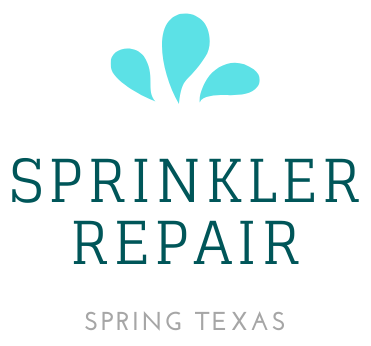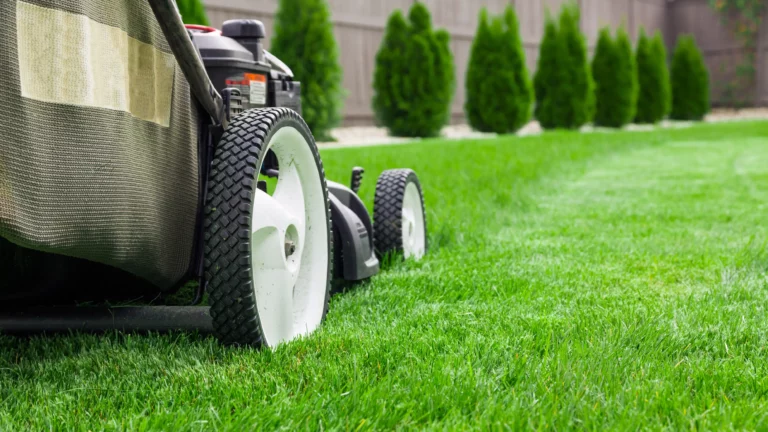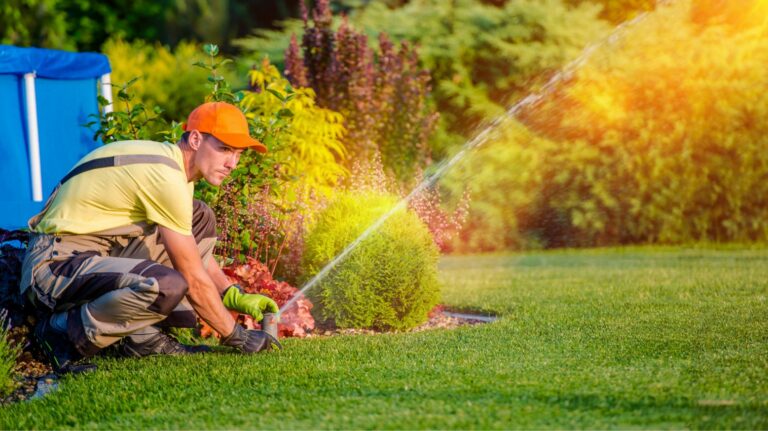As the seasons change and winter approaches, it’s crucial to prepare your home and its various systems for the colder weather. One often overlooked but essential aspect of winterization is your sprinkler system. Failing to properly winterize your sprinklers can result in costly damage when freezing temperatures arrive. In this blog, we’ll explore the steps you need to take to ensure your sprinkler system survives the winter unscathed without diving into complicated do-it-yourself (DIY) methods.
- Schedule a Professional Inspection
The first step in winterizing your sprinkler system is to schedule a professional inspection. An experienced technician will examine the entire system, identifying any existing issues that need attention before winter sets in. This inspection can save you from costly repairs down the line.
During the inspection, the technician will check for leaks, damaged components, and signs of wear and tear. They will also assess the system’s overall functionality, ensuring that it’s running at peak performance.
- Drain the System Thoroughly
One of the most critical steps in winterizing your sprinkler system is draining it thoroughly. Water left inside the pipes and components can freeze, expand, and cause irreparable damage. Here’s how the process typically works:
a. Automatic Drain Valves: A professional will use the automatic drain valves in your system to release water from the main lines, lateral lines, and sprinkler heads. This is done by activating the valves manually or through the control panel.
b. Compressed Air Blowout: After draining the system as much as possible, the technician will use a specialized air compressor to blow out any remaining water. This process ensures that there’s no residual moisture that can freeze and cause problems.
- Insulate Vulnerable Components
Certain components of your sprinkler system may be more susceptible to freezing temperatures than others. These include above-ground backflow preventers, valve boxes, and exposed pipes. To protect these vulnerable areas, insulation is key.
a. Backflow Preventers: Wrap your backflow preventers in insulating materials like foam or fiberglass covers. These can be found at most hardware stores and will help maintain a consistent temperature around the preventers.
b. Valve Boxes: Insulate valve boxes with foam or other suitable materials to keep the valves and connections from freezing.
c. Exposed Pipes: If you have any exposed pipes, consider insulating them with pipe wrap or heating tape. This added layer of protection can prevent freezing.
- Shut Off and Isolate the Water Supply
Before the freezing temperatures arrive, be sure to shut off the water supply to your sprinkler system. Locate the main shut-off valve and close it to prevent any water from entering the system. This step is essential in preventing new water from entering the pipes and causing damage.
- Keep the Controller Off
During the winterization process, it’s crucial to keep your sprinkler system controller turned off. This prevents any accidental activation of the system, which could lead to water flowing into the pipes. Leave the controller off until it’s time to start up your system in the spring.
- Consider Professional Winterization Services
While some homeowners prefer to handle winterization themselves, it’s worth considering professional winterization services. Hiring a professional ensures that every aspect of your sprinkler system is addressed properly and helps you avoid costly mistakes. Plus, professionals have the necessary equipment and expertise to perform a thorough winterization.
- Schedule a Spring Startup
As the winter months wane and warmer weather approaches, it’s essential to schedule a spring startup for your sprinkler system. A professional technician will inspect the system, turn it back on, and make any necessary adjustments or repairs. This proactive approach ensures that your sprinklers are ready to deliver efficient and effective irrigation as soon as you need them.
Conclusion
Winterizing your sprinkler system is a critical step in protecting your investment and avoiding costly repairs. The process involves professional inspection, thorough drainage, insulation of vulnerable components, shutting off the water supply, and keeping the controller off during the winter months. While it’s tempting to handle these tasks yourself, professional winterization services can provide peace of mind and ensure that your sprinkler system remains in top-notch condition throughout the winter. Remember, a little preparation now can save you from major headaches and expenses later on.
Sprinkler Repair Pros Spring Tx https://www.sprinklerrepairspringtx.com/


